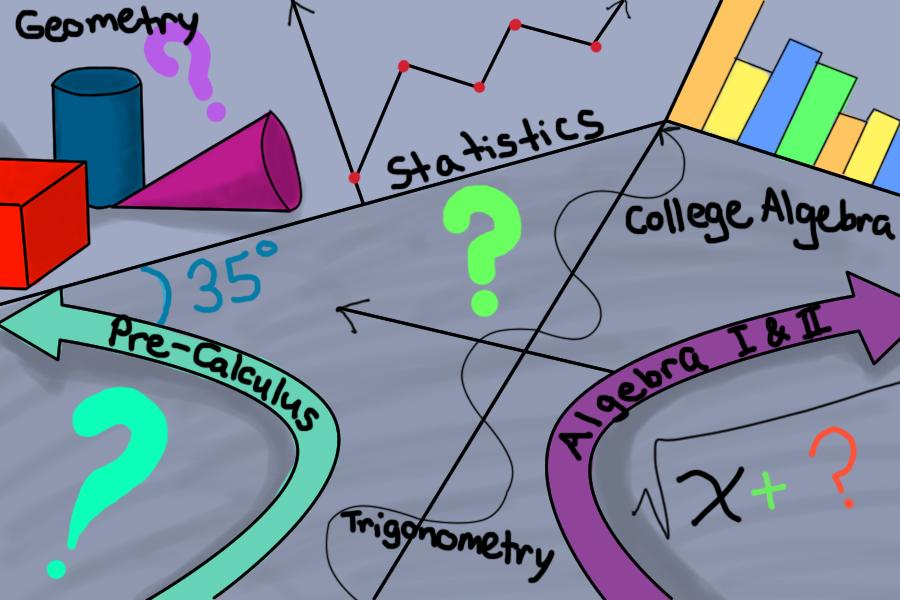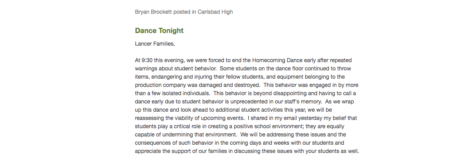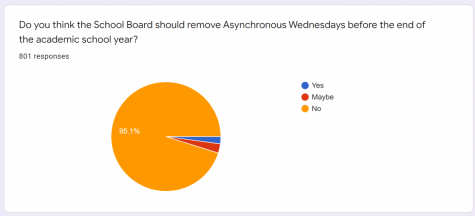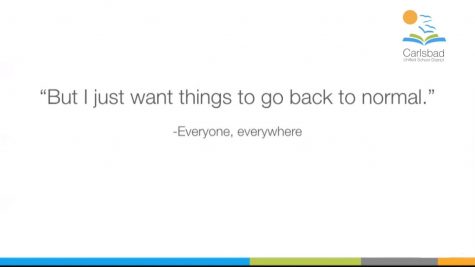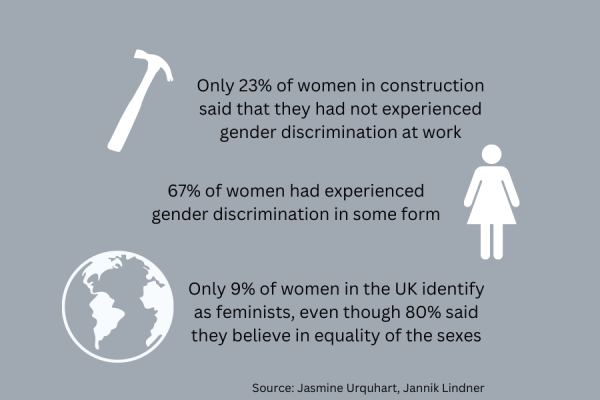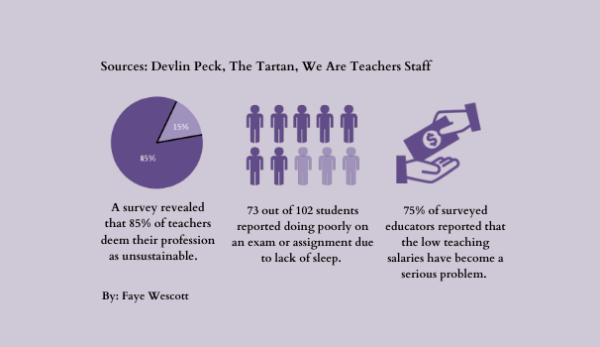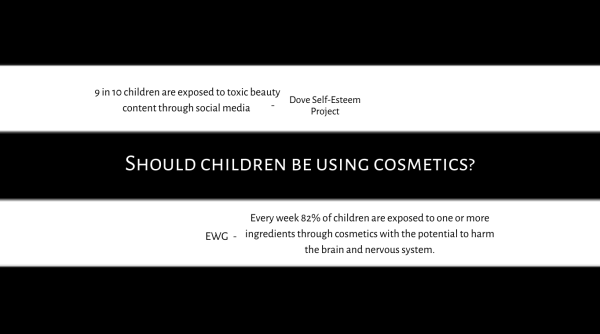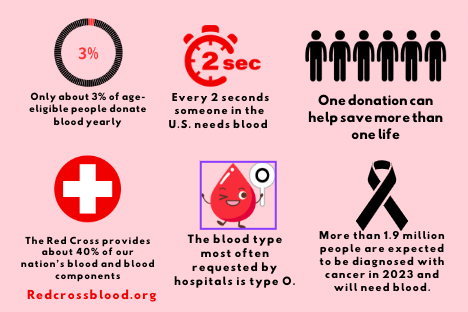Trimming down math
Simplifying the complex web of the math department
In a given year, Carlsbad offers between 13 and 15 math classes ranging from algebra I, all the way until calculus three with differential equations, a mid-level college class. The range and diversity of the math department is unparalleled, but hedging curriculum could better allocate teachers, better educate students and ideally hack down costs.
It is a fact and a privilege to maintain such a diverse group of students at CHS, but along with diversity comes varying academic levels and interests. The question is: do we diversify to meet each student’s unique needs? Or, do we try and assimilate students into core groups?
The latter sounds harsh, but it is essentially what happens in every other subject. An incoming freshman either selects honors or college-prep English I, but may be in Algebra I, geometry, geometry honors or algebra II honors. If we could restrict math choices as we do sciences, language arts and social sciences, the pathways for each student would be much more clear and concise.
Moreover, reform is not a structural change. Changing the system is not a multi-year endeavor– rather a simple paring of the mangled system. The best place to start is the roots.
In the sixth grade, the star students of the fifth grade STAR test are gleefully informed of their excellence and receive an opportunity to breeze past sixth grade commonplace mathematics, and move straight to pre-algebra. In a near sighted victory, the students agree to the curriculum change– most likely unaware this decision carries all the way until their senior year in high school.
This skip in curriculum does not create mathematical geniuses. All it does is grossly over-prepare and overwhelm kids, basing their aptitude in calculus off their ability to do long division. If a student does develop an interest in math, he will pursue it in college. But there is absolutely no reason a high school senior needs to know differential calculus.
On the other end of middle school are those dragging a “C” behind them in algebra I. Their pre-adolescent mischief prescribed their entire mathematical career. They will retake the class and trail behind the average student for the rest of high school.
Chances are, students with in this bracket will mature and focus more in high school. They do not deserve another year of the same torture. If remediation was considered necessary, it would be more simple to offer a summer refresher to students who need more help.
Thus, shaving down math curriculum to exclusively geometry courses for freshman simplifies the system into a linear path. It would cut class numbers and would clearly chart an honors track and a college prep track, as opposed to the complicated weave of the current system.
Math education continues to grow in importance as computer technology become more ubiquitous in our culture. By simplifying our system and focusing our teaching resources, we can better prepare students for the mathematical challenges they will face in the future.




